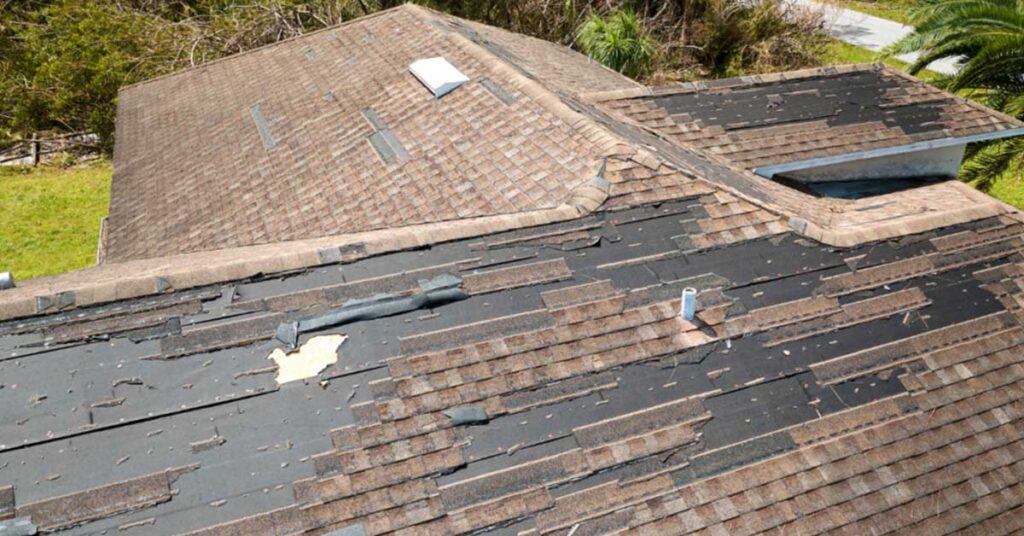Your roof is one of the most critical components of your home, protecting you and your belongings from the elements. But what happens when your roof starts to show its age? If you have a 20-year-old roof, you might be wondering whether your insurance will cover any repairs or replacements it may need. In this blog post, we’ll explore “Will insurance cover a 20 year-old roof and what steps you can take to ensure you’re protected. Let’s get started.
Will Insurance Cover a 20 Year-Old Roof?
Insurance coverage for a 20-year-old roof can be a bit more complicated than for newer roofs. In most cases, homeowners’ insurance policies are designed to cover sudden and unexpected damage, such as that caused by severe weather or accidents. However, when it comes to older roofs, insurance companies may view wear and tear or age-related deterioration differently.
Factors Influencing Insurance Coverage for Older Roofs: When it comes to insurance coverage for a 20-year-old roof, several factors come into play:
- Type of Policy: The type of homeowners’ insurance policy you have will determine what is covered and what isn’t.
- Roofing Materials: The materials used in your roof can impact its longevity and susceptibility to damage.
- Maintenance History: Regular maintenance and upkeep can prolong the life of your roof and may affect your insurance coverage.
- Local Regulations: Some areas have specific regulations regarding insurance coverage for older roofs, especially in regions prone to severe weather.
Steps to Take if Your Roof Isn’t Covered
If your insurance company determines that your 20-year-old roof isn’t covered under your policy, don’t panic. There are still steps you can take to address the situation:
- Assess the Damage: Determine the extent of the damage to your roof and whether it’s necessary to repair or replace it.
- Explore Financing Options: Look into financing options such as personal loans or home equity loans to cover the cost of repairs or replacement.
- Consider Roofing Warranties: Some roofing materials come with warranties that can help offset the cost of repairs or replacement.
- Consult a Professional: Seek guidance from a reputable roofing contractor who can provide expert advice on the best course of action for your roof.
Read More: What Happens If You Do A Roof Without A Permit?
Conclusion
While insurance coverage for a 20-year-old roof may be more limited than for newer roofs, it’s essential to understand your policy and explore all available options. By being proactive about maintenance and staying informed about your coverage, you can help protect your home and finances from unexpected roofing expenses.


